
HYPERBARIC
OXYGEN THERAPY
Speed up healing and reduce inflammation by Increasing the amount of oxygen in your bloodstream. Improve recovery from injuries, enhance tissue repair, and support overall wellness.
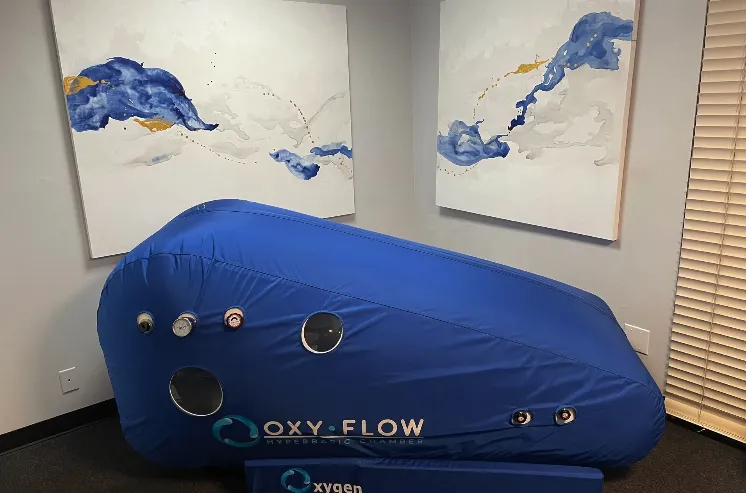
What is Hyperberic Oxygen Therapy and how does it work?
Hyperbaric oxygen therapy is like turbocharging your body’s healing process.
By flooding your cells with extra oxygen, it boosts energy and speeds up repair, just like adding fuel to a fire to make it burn brighter and faster.
WHY CHOOSE APEX?

Talk With
The Doctor First
You get a free phone call directly with our doctor so we understand your issue and make sure we can help.

Fast & Long
Lasting Results
Many of our patients report relief within just a few sessions.
And no need for tons of visits.

Treat the
True Cause
Unlike pain drugs and surgeries, we address the real problem instead of just masking the symptoms.
Conditions We Treat
Because of this mechanism (Pressure Pushing Oxygen Deep Into The Brain And Body), there are four categories of conditions with which hyperbaric has great success.
Chronic Conditions
Neurological Conditions
Hypoxic Conditions
Non-Conditions
START HEALING FASTER
CHRONIC CONDITIONS
Chronic Fatigue
The increased oxygen fuels the mitochondria and increases energy production in the body.
Chronic Pain
Many different areas of the body can heal simultaneously once a robust oxygen supply is restored.
Fibromyalgia
Inflammation in the body is globally decreased, resulting in a global decrease in pain.
Chronic Injuries
What the body previously couldn’t catch up with healing, it can now with the boost in oxygen.
Chronic Inflammation
Once systemic healing happens, the body can get ahead of the inflammation to keep it under control.
Long Covid
There are many different mechanisms by which Long Covid affects people physiologically, and all of those ways can be helped by boosting the body’s ability to heal through hyperbaric.
NEUROLOGICAL CONDITIONS
Post-concussion and MTBI
Oxygenation of the blood plasma heals the brain from the inside out through the blood vessels in the brain, and oxygenation of the CSF around the brain heals the brain from the outside.
Autism
There is more and more research coming out about the global improvements across the board (cognitively, socially, etc.) in children with autism who are hyperbaric, and there are many brain scans showing a much higher function in the brain in as few as ten sessions.
Early Neurodegenerative Disease
Early-onset Alzheimer’s and Dementia respond very well to hyperbaric as long as they are mild to moderate and not severe.
Parkinson’s
Many studies have been published documenting the positive effects that hyperbaric has on healing the brain in patients with Parkinson’s.
Multiple Sclerosis and ALS
Neurology responds very well to lower hyperbaric pressure, and in many cases like these, neurology responds much better to lower pressure hyperbaric than higher pressure.
HYPOXIC CONDITIONS
Post Blood Clots
If tissue was damaged due to decreased or cut-off blood supply, then it is imperative to increase oxygenation of that area to promote healing and recovery.
Post Stroke
This is a more heavily researched area with lots of very compelling studies behind it showing unprecedented improvements in people who suffered a stroke, even years after the stroke has happened.
Poor Circulation
This can manifest as always having cold hands or feet, and sometimes may be more severe like with Raynaud’s, but in either case, the hyperbaric sessions would result in new blood vessel formation, increasing blood flow to wherever needed.
Emphysema and COPD
If the lungs are not functioning well and the body isn’t receiving good oxygenation, then hyperbaric will help re-oxygenate the body effectively.
NON CONDITIONS
Anti-Aging
If someone can boost their body’s ability to heal to keep up with the wear and tear of daily life, then their body lasts longer and looks better.
Performance Enhancement
Oxygenating the body helps improve physical performance, whether it is endurance, lifting, or sports, and the body works better when it is fueled with oxygen correctly.
Workout Recovery
Many professional athletes use hyperbaric chambers religiously after workouts to help their body recover faster and more completely, which not only boosts their health but makes their body much more resilient against injury as well.
START HEALING FASTER
WHAT YOUR NEIGHBORS ARE SAYING
BEGIN YOUR HEALING JOURNEY
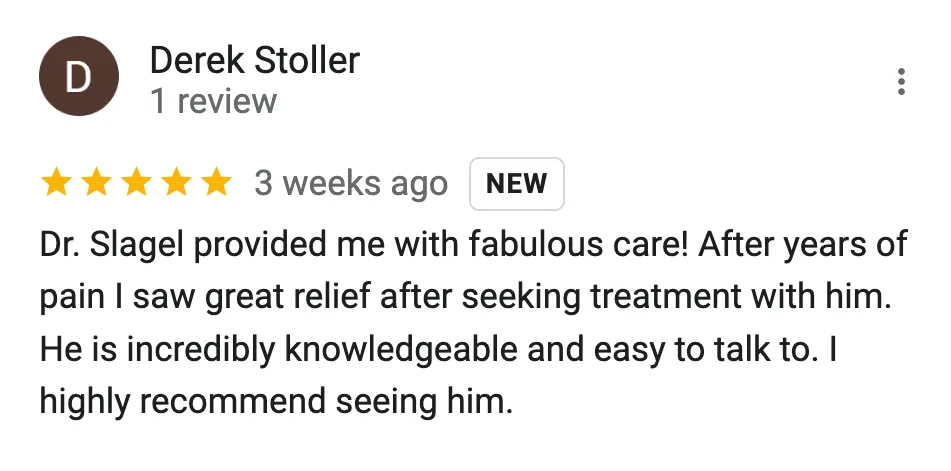

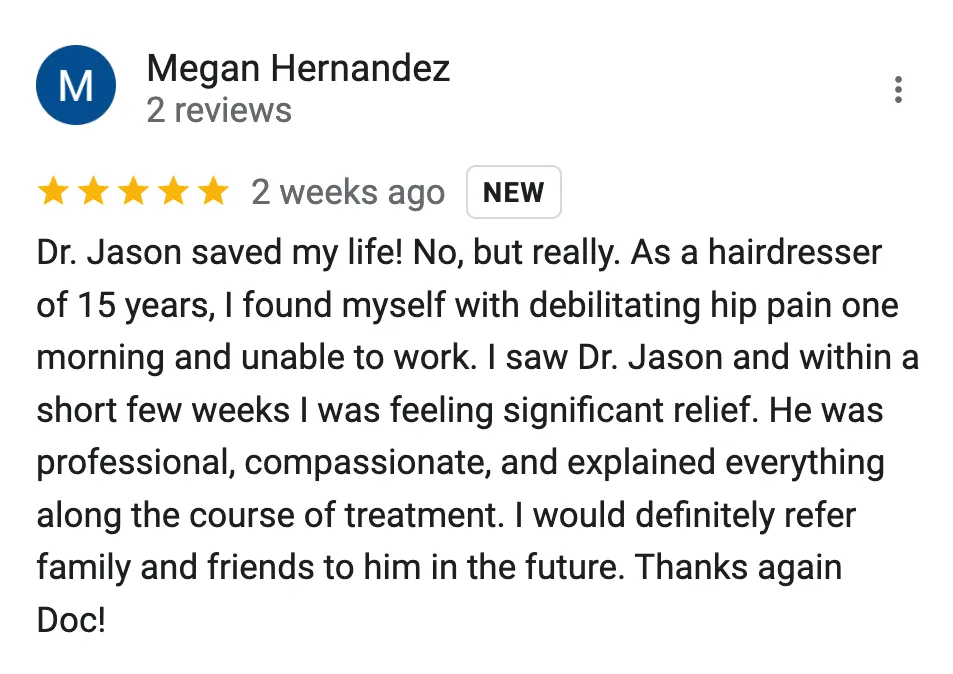
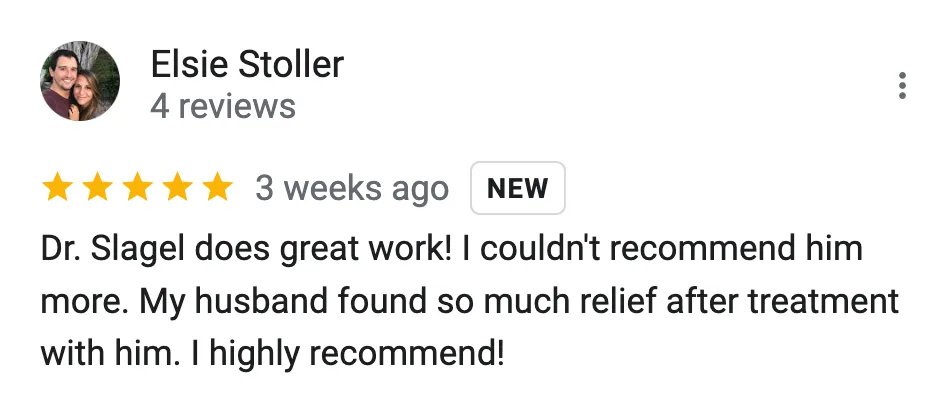
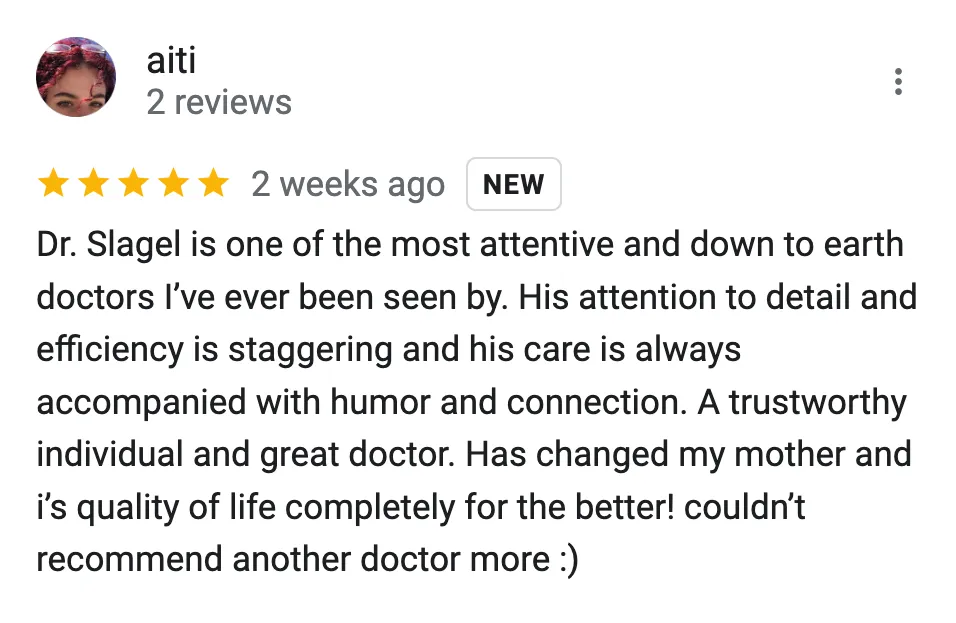
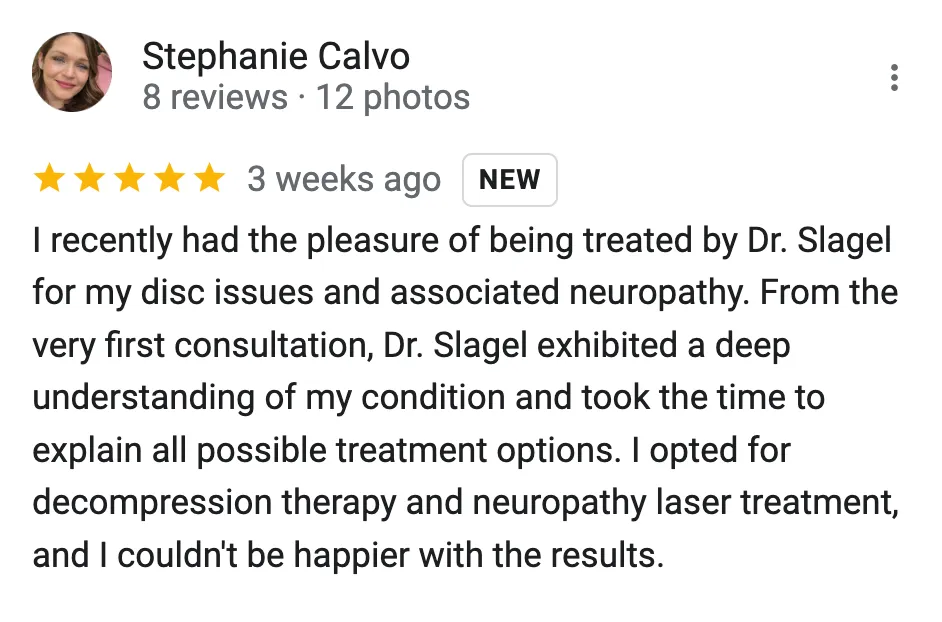
HOW IT WORKS
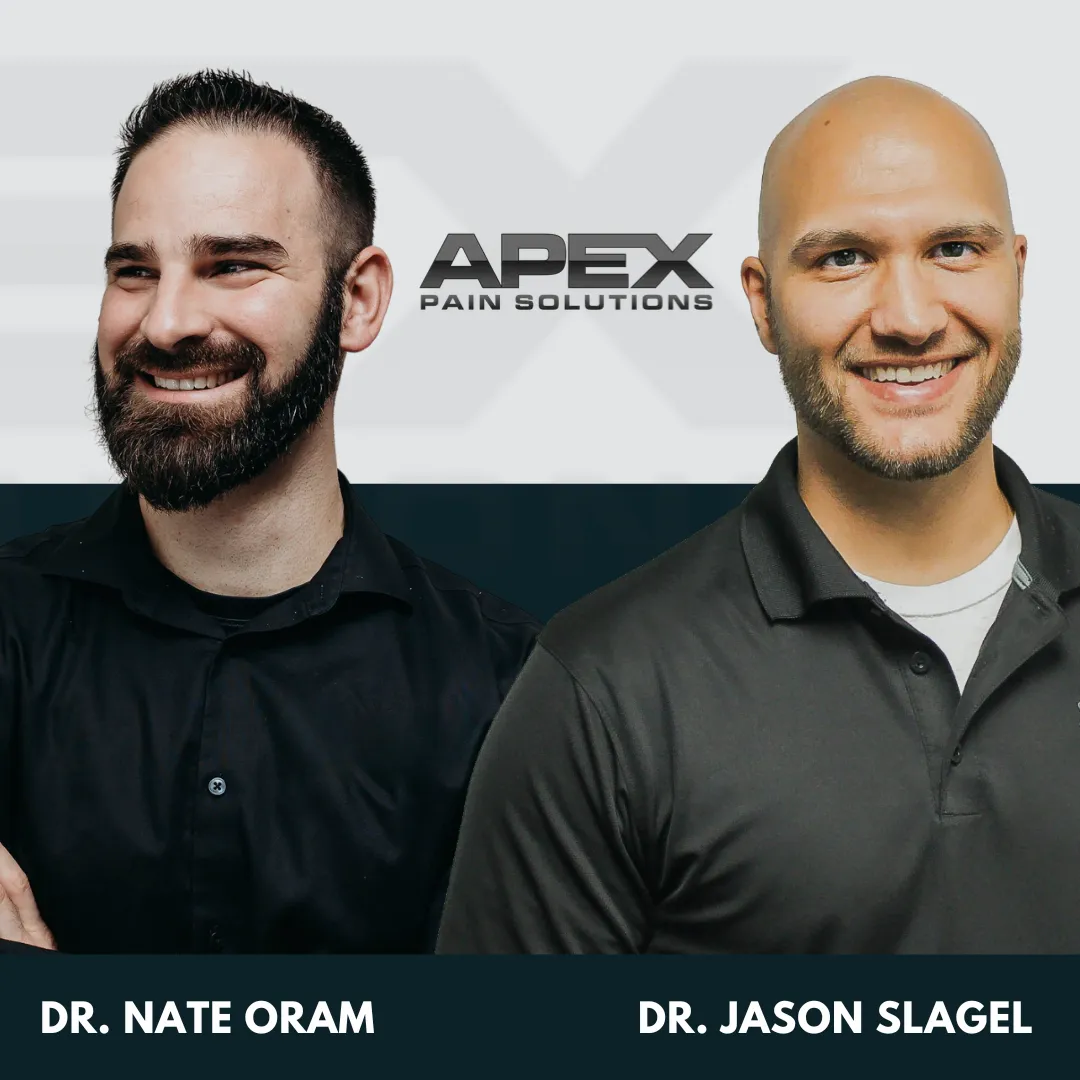
STEP 1
Free Phone Consultation
You can speak to one of our doctors from home as soon as this week to answer your questions and let you know if and how we can help.

STEP 2
In-Person Exam
We will do a thorough exam in our office to find out what’s causing your problem. Our doctors will look at any previous imaging, do some tests and tell you what they see.
STEP 2
In-Person Exam
At our clinic, we follow a clear method—not guesswork—to determine what needs to be done. We begin with a detailed functional exam to measure your bodies' function, co-existing conditions, and how your condition impacts your life.
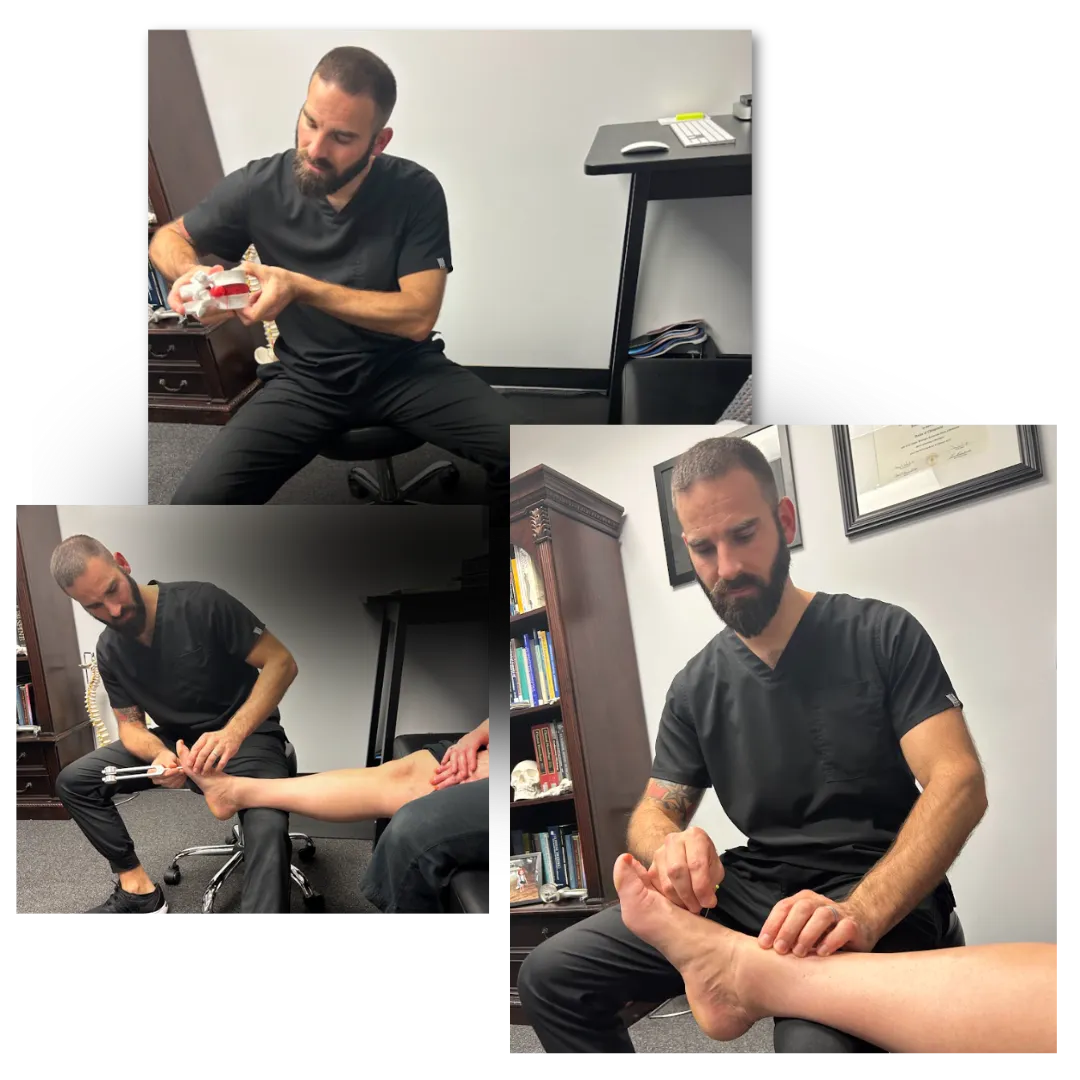
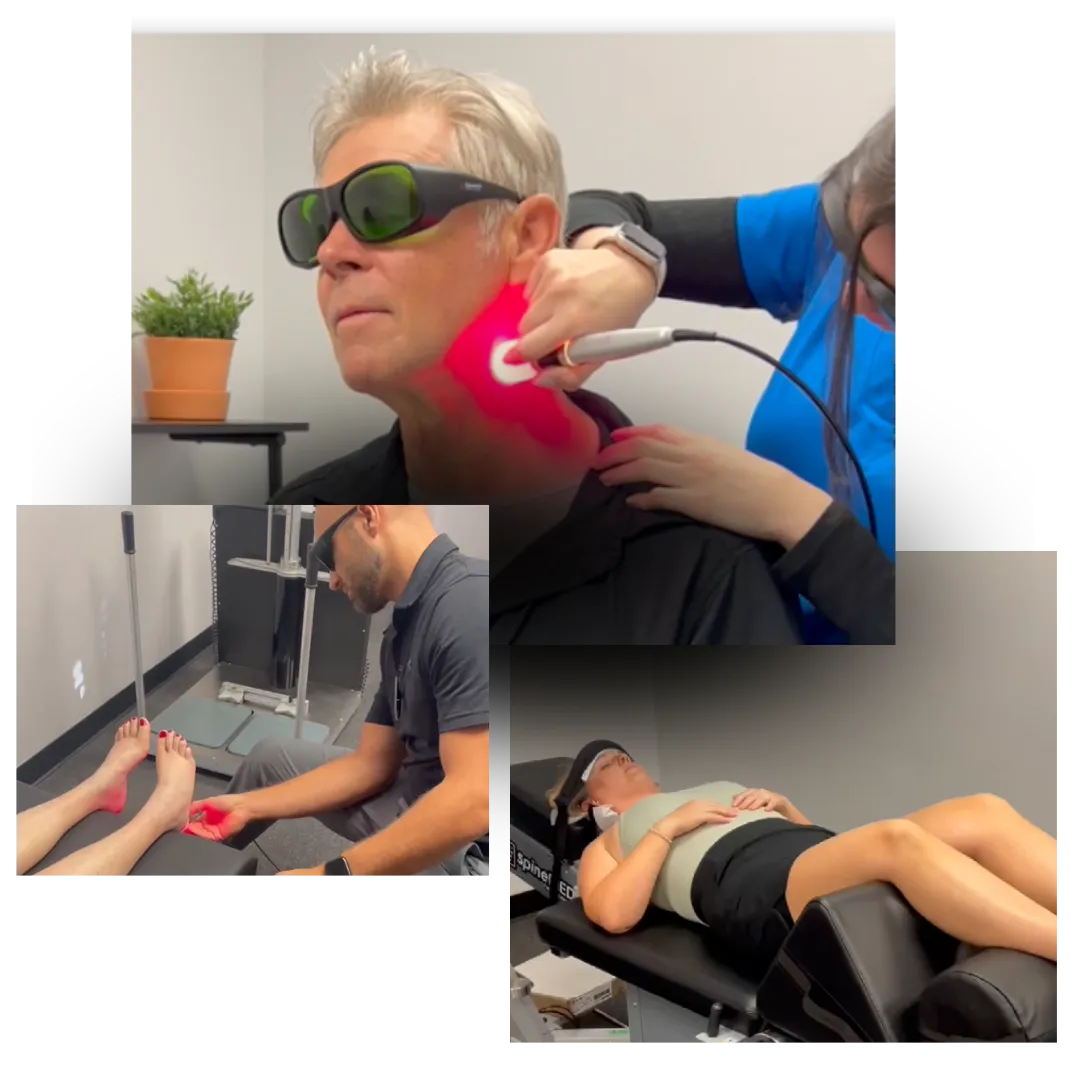
STEP 3
Treatment Plan
Using what we learned in the exam, we’ll put together a customized treatment plan to eliminate the root cause of your issue. We’ll begin treatment right away.
FREQUENTLY ASKED QUESTIONS
How many sessions will I need? And how often?
The number of sessions needed depends on a few factors:
1. The chronicity of the condition. The longer a condition has been there, typically the more sessions and more often it will take to resolve it. For very chronic conditions it can take up to 80 sessions. For less chronic conditions it can take as few as 20 sessions.
2. The type of condition. For example, if the condition is muscular, then it typically takes fewer sessions than if it is neurological.
3. The severity of the condition. If the condition is more severe it typically takes more sessions than a more mild condition.
4. Almost every condition will start with daily (or close to daily) sessions before tapering down in frequency. Sessions typically last an hour to an hour and a half each.
Will I feel claustrophobic?
The chambers we have are some of the largest on the market, so almost everyone feels fine, without experiencing claustrophobia. Most people will feel a little uneasy when they first enter the chamber simply because it is something new, but that uneasiness typically goes away within the first session. Being in our chambers is so much more spacious than an MRI machine, for example. If you are comfortable inside of a car without feeling claustrophobic, then chances are you will feel fine inside our chambers.
What side effects are there?
Since we are using oxygen and pressure, there are only two risks of side effects:
1. If the ears have a hard time adjusting to the changing pressure, then some people will experience ear symptoms until the ear adapts.
2. Some people will experience “herxing” which is where the body is achy or tired from the healing process. This typically only lasts about a week and is not a problem, just part of the process. It is similar to some muscle soreness after a workout.
What is the difference between the types of hyperbaric chambers?
We use soft hyperbaric chambers in our office because they are much more effective for treating neurological, muscular, and blood vessel related conditions. Hard chambers are what are typically found in hospital intensive care units and are used for more life-threatening conditions like carbon monoxide poisoning, full body third degree burns, diving disease and organ transplant failure. Since we are not an emergency center at a hospital, we do not use the same type of chamber as them. We use the type of chamber that helps with the conditions we treat in our office.
BEGIN YOUR HEALING JOURNEY
OUR HOURS
Monday 9 AM – 4 PM
Tuesday 9 AM – 4 PM
Wednesday 9 AM – 4 PM
Thursday 9 AM – 4 PM
Friday 9 AM – 4 PM
Saturday Closed
Sunday Closed
CONTACT US
OUR HOURS
Monday 10 AM–1 PM, 3–6 PM
Tuesday 3–6 PM
Wednesday 10 AM–1 PM
Thursday 8:30–10:00 AM, 3–6 PM
Friday Closed
Saturday Closed
Sunday Closed
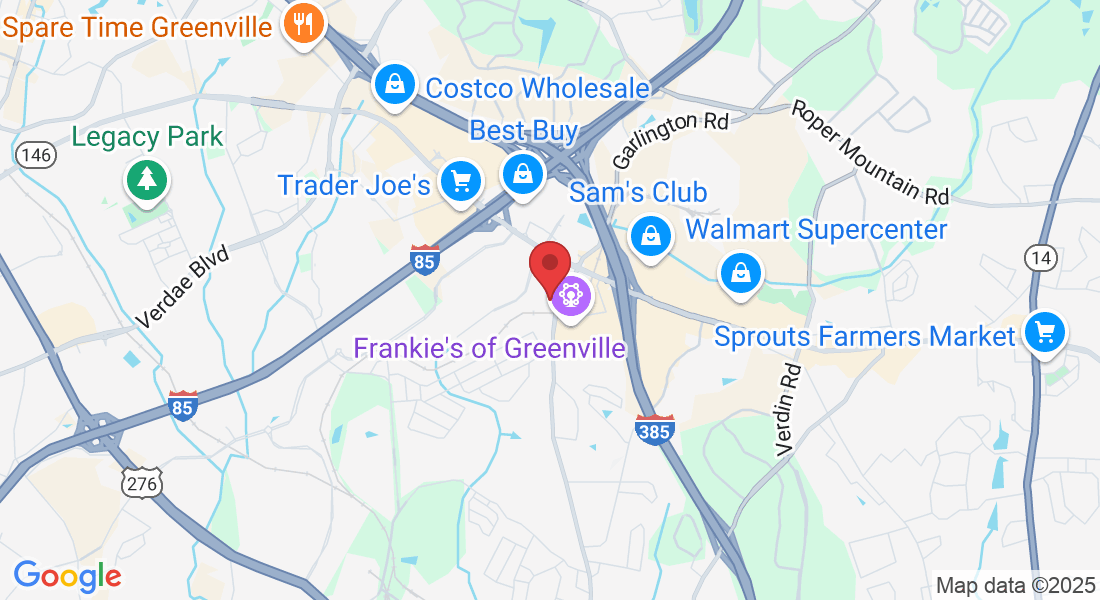
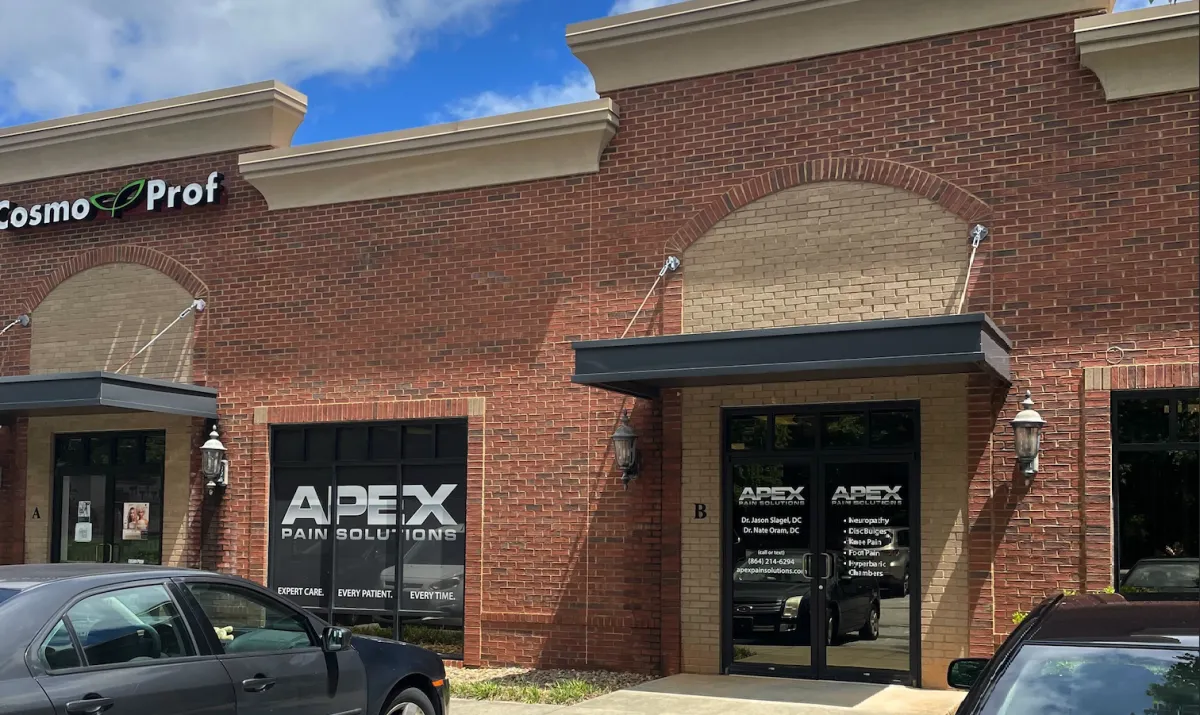
Facebook
Instagram
Youtube